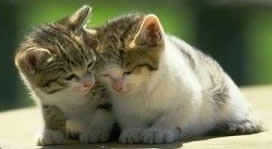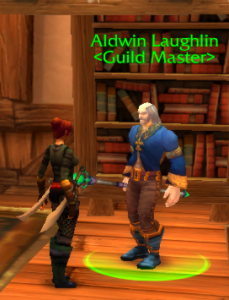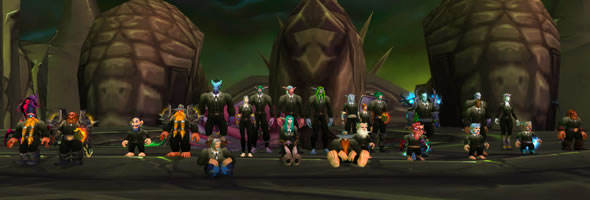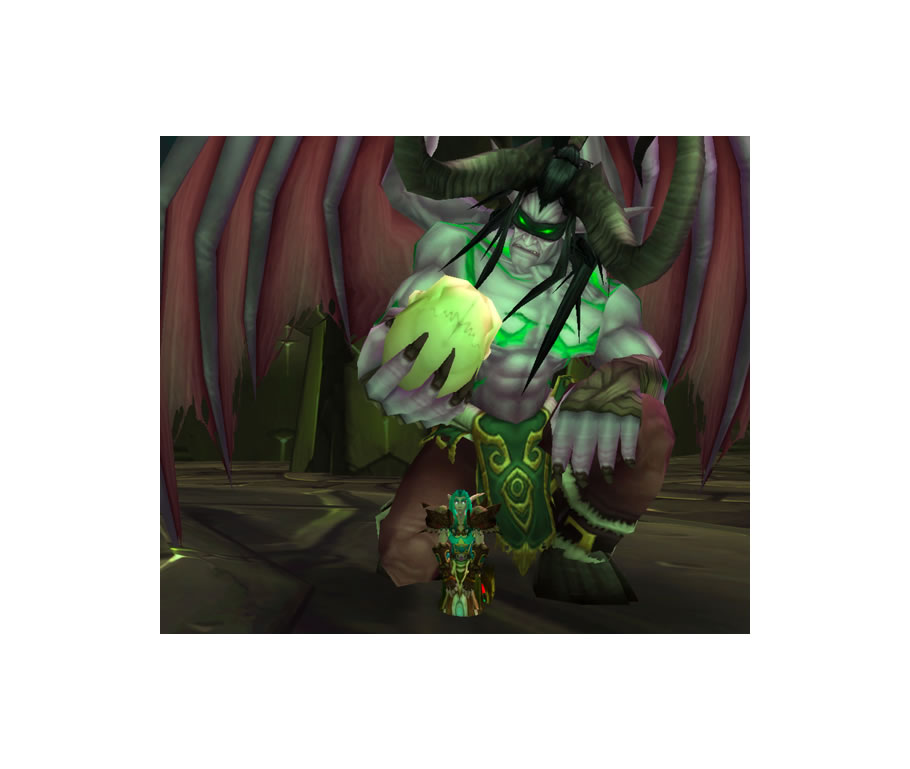I’ve decided to take up Matticus’s challenge from yesterday and put in my own personal bid for which class makes the best lovers.
If variety is the spice of YOUR life, then you simply must find yourself a druidic lover today. While I’m sure warlocks, and mages, and priests, can light your fire too, nothing beats a druid for sheer, er, flexibility. However, when things go wrong with your druid lover, they go very wrong. Join me for a look at the the pros and cons of a little walk on the wild side.
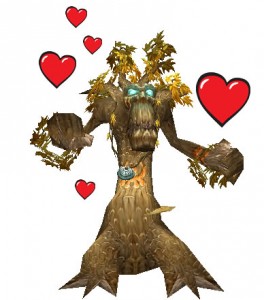
5 reasons to take a lonely tree home with you:
1. You’ll never be bored.
We can tank, dps, and heal, sometimes all at once! You want it, we’ve got it. Let a druid draw you in with her Entangling Roots. By the time she gets to Flourish, you’ll be hooked for good.
2. Druids are champion cuddlers.
We may look ferocious (not hard to accomplish while we’re tanking things with our face), but deep down inside, every druid is a fuzzy, snuggly kitten. Especially recommended for frosty mornings and rainy afternoons by a roaring fire.
3. We’re animals in the bedroom.
No really, we are. Let your imagination run wild.
4. Druids are very grounded.
Our roots go deep, and we like to stay where we’re planted. We don’t like to show off either. Even if we have fancy cars and flashy clothes, we’re the same old bear we’ve always been since level 10. That means we’re the ideal candidate for dinners with Mom & Pop or a night out with your buddies.
5. We don’t cause drama.
Animals are a lot less complicated than people, and plants even less so. Your druid lover gets a measure of inner peace from spending so much time in one of his simpler forms, and that serenity will make your relationship much less conflict-ridden.

5 reasons to leave that bear at the zoo where he belongs:
1. A leopard can’t change his spots, and a cheetah is always a cheetah.
Blame it on our bestial natures, but it’s hard for us to shake our natural instincts. If your druid lover has been up to any naughty tricks in the past, you’ll have to keep him on a short leash.
2. Druish grooming habits differ greatly from those of the human population.
Yes, we think that lichen growing on our boughs is attractive. Little bird’s nest by my left ear? That’s an accessory. And don’t even get me started on the bears. What do you THINK they roll around in when no one’s looking? If you don’t enjoy that musky, woodsy fragrance, I’d suggest a druid who specializes in melee dps. After all, kitties at least attempt to give themselves a daily bath.
3. We’ll never be your perfect match.
Druids are hybrids, but if you’re a rogue looking for a melee dps soulmate, or a warlock looking for a partner-in-corruption, we’ll never quite cut the mustard. If you are too much of a purist, you won’t get along with a druid.
4. All druids are shifty by nature.
If we’ve done something bad, you’ll never find us. If we’ve done something really bad, we’ll probably blame it on you and cower invisibly in your closet.
5. And finally, we’re too idealistic.
One of these days, the Emerald Dream will beckon your druid lover, and he or she will be afk until further notice. There’s a reason that most mystics stay single. If you do date a druid, you’ll have to help her keep her paws firmly in the here-and-now.
As for me, well, my dance card is full. Turns out that a tree’s perfect match is a warrior–heh, maybe the low intellect lets him overlook those scratchy branches.

